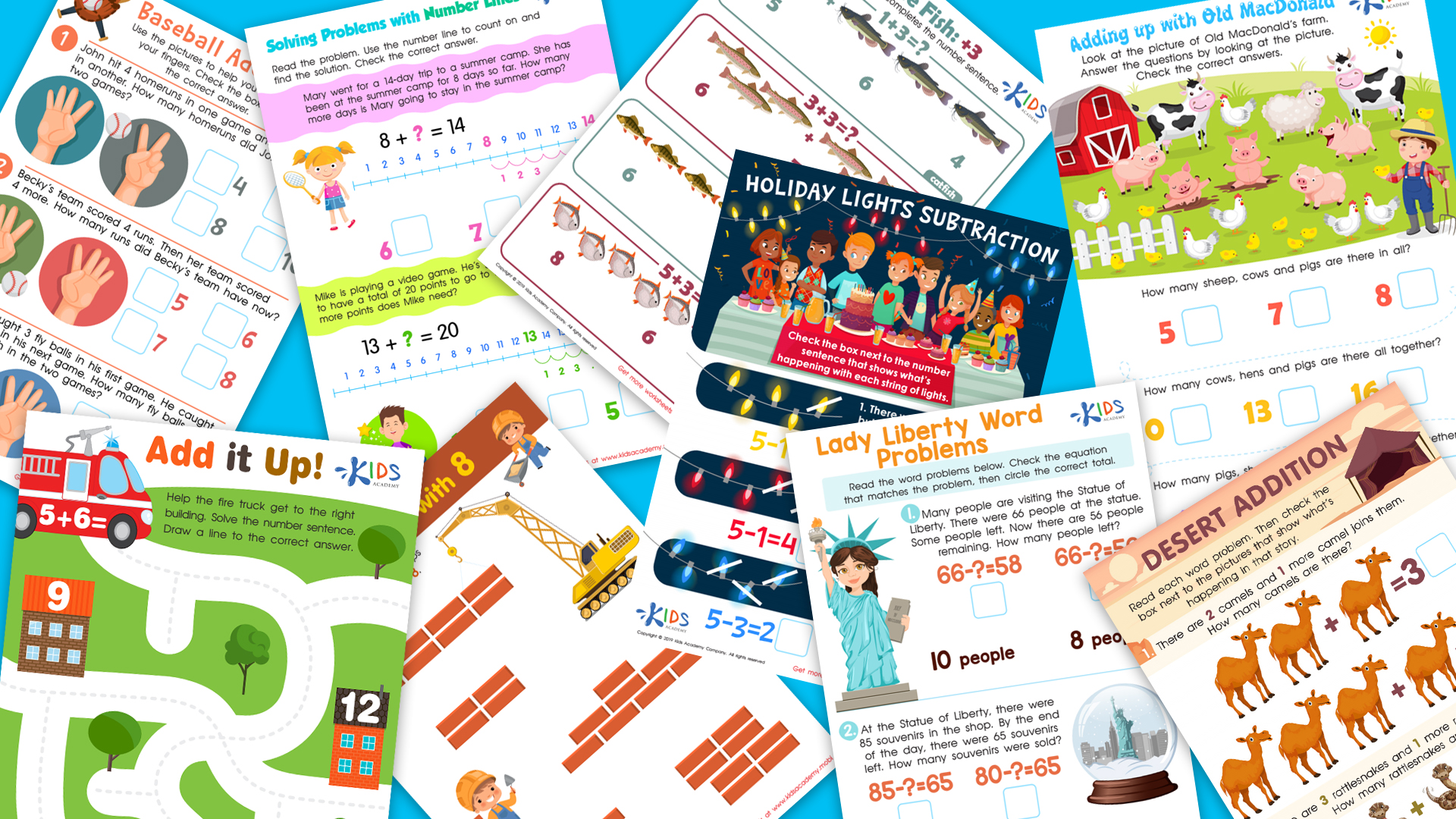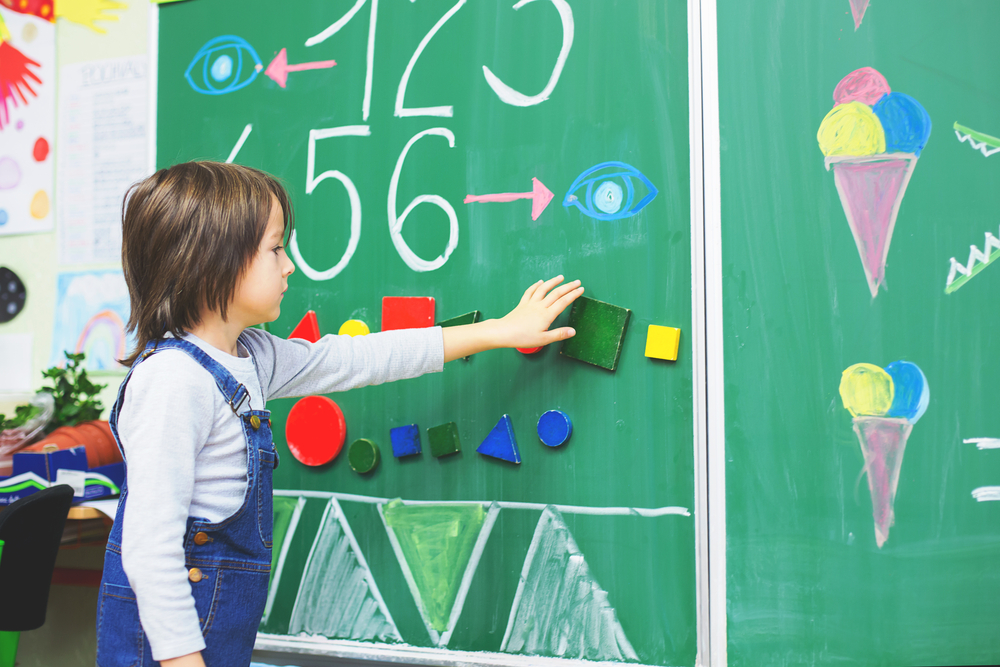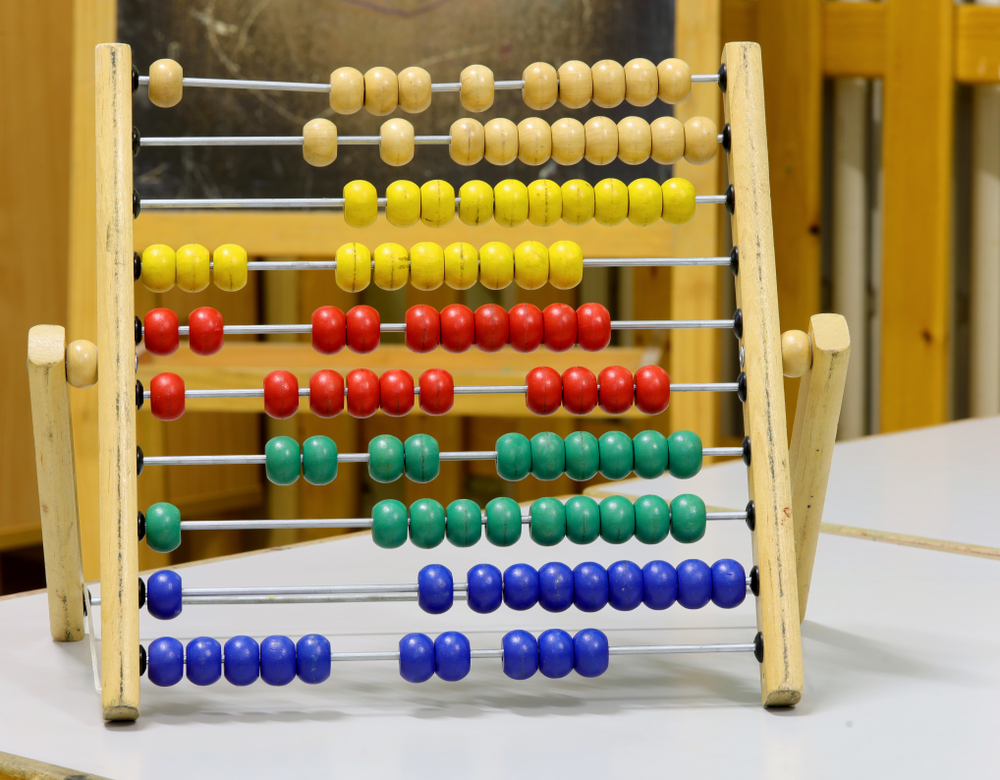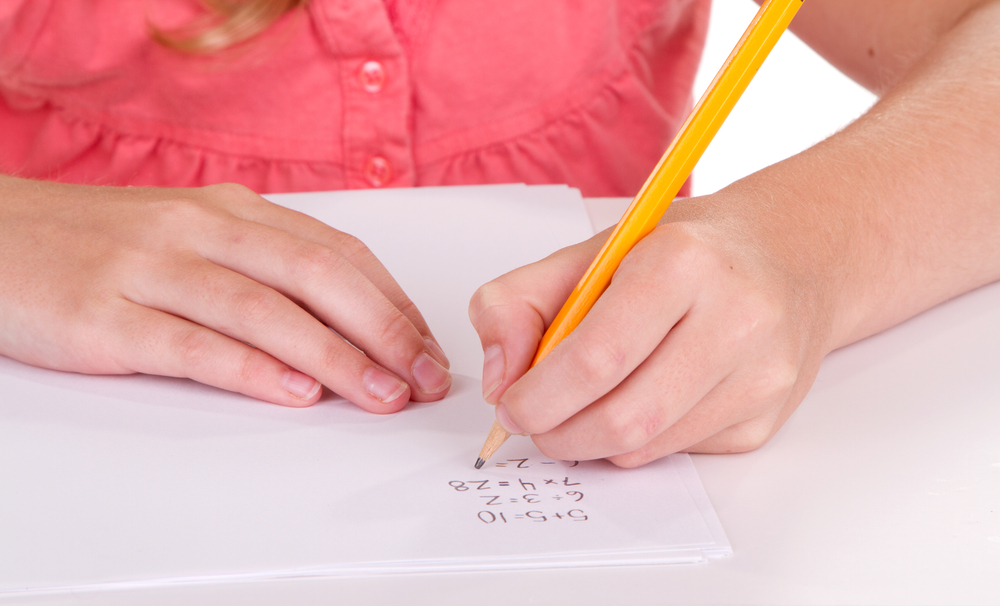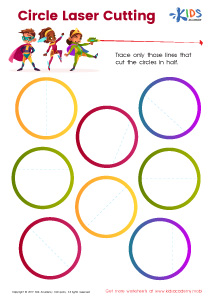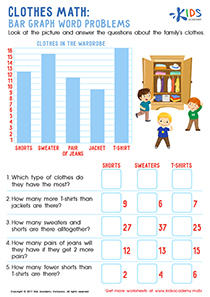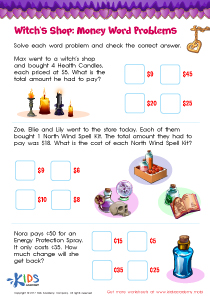Critical Thinking Normal Grade 2 Addition and Subtraction Word Problems Worksheets
3 filtered results
-
From - To
Our "Critical Thinking Normal Grade 2 Addition and Subtraction Word Problems Worksheets" are designed to boost young minds through engaging math problems. These worksheets challenge students with real-life scenarios that promote critical thinking, problem solving, and analytic skills. By mastering addition and subtraction word problems, children enhance their comprehension, arithmetical flexibility, and ability to discern necessary information. These worksheets cater specifically to second graders, ensuring the difficulty aligns with their learning stage. Ideal for both classroom and home use, they provide a solid foundation in math fluency while making learning fun and interactive. Create confident and thoughtful learners today!
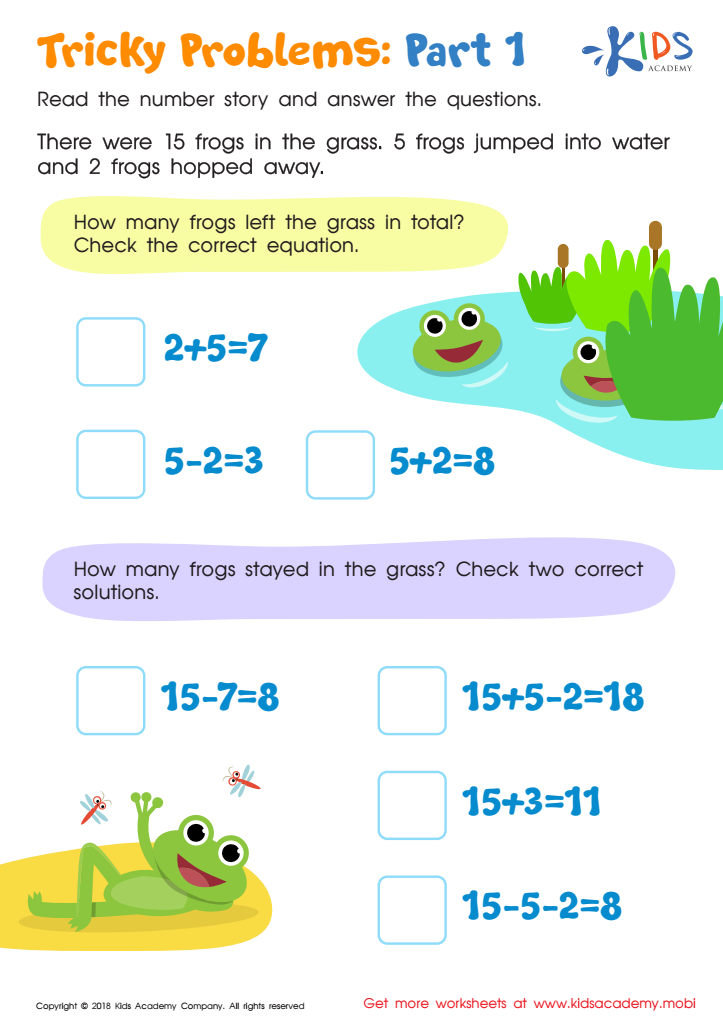

Tricky Problems Worksheet: Part 1
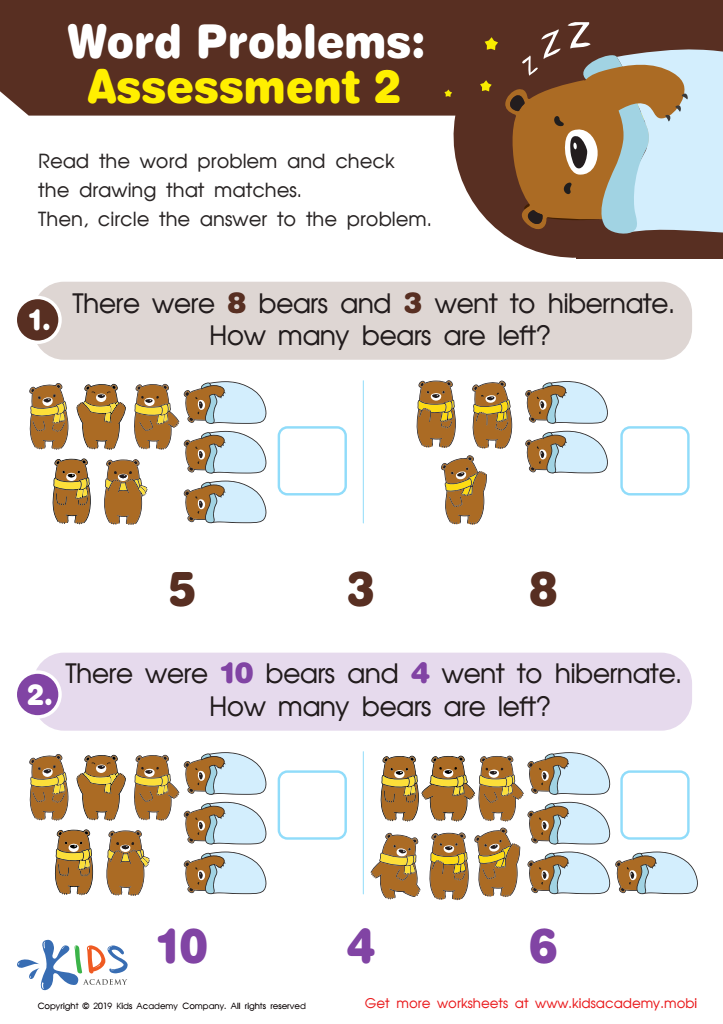

Word Problems: Assessment 2 Worksheet
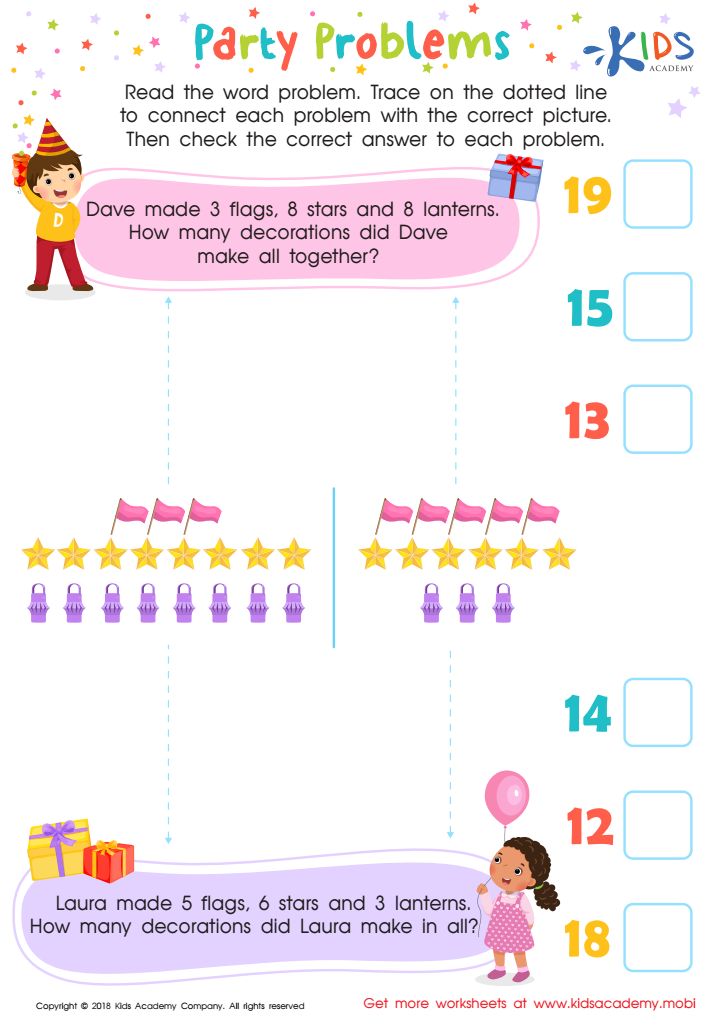

Party Problems Worksheet
Teaching Critical Thinking through Normal Grade 2 Addition and Subtraction Word Problems is essential for developing young learners' foundational skills in mathematics and logical reasoning. These skills are crucial as they nurture the ability to analyze, evaluate, and solve problems efficiently, preparing children for more complex academic challenges. By engaging with word problems, students not only practice arithmetic but also learn to understand and break down everyday language into solvable mathematical statements.
Parents and teachers should prioritize these exercises because they encourage students to think deeply rather than rely on rote memorization. Understanding the context of a problem fosters creativity and helps children develop a flexible approach to solving problems, skills that are applicable beyond mathematics. Additionally, word problems relate math concepts to real-world situations, making learning relevant and interesting for young minds.
Furthermore, early exposure to critical thinking improves cognitive development, which is beneficial in all subjects. It enhances logical thinking, decision-making, and the ability to understand cause and effect. These capabilities build resilience and adaptability, key traits in navigating both academic pursuits and life challenges. Therefore, prioritizing these problem-solving activities shows commitment to comprehensive education, investing in a child’s ability to think independently and reason effectively.

 Assign to My Students
Assign to My Students



